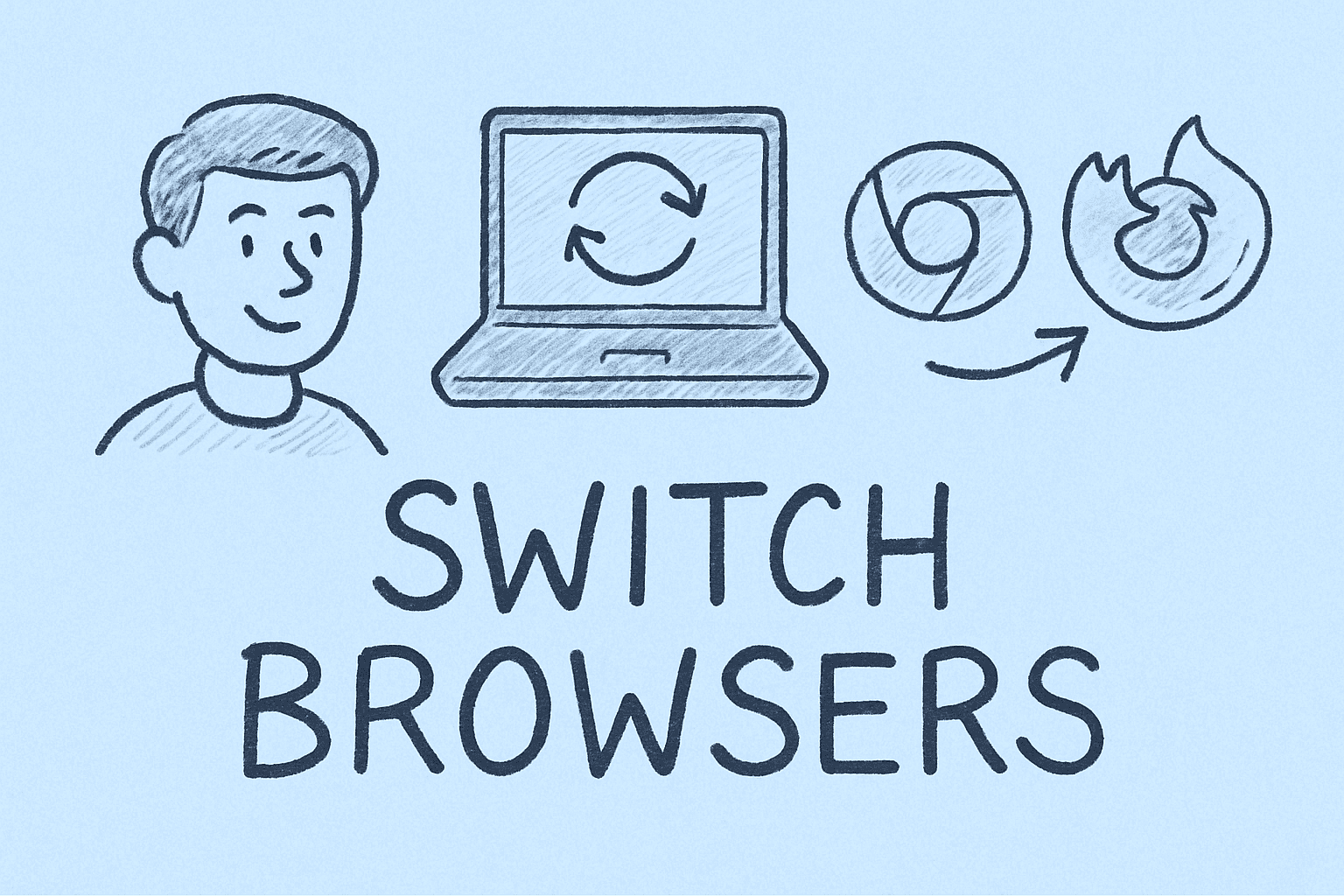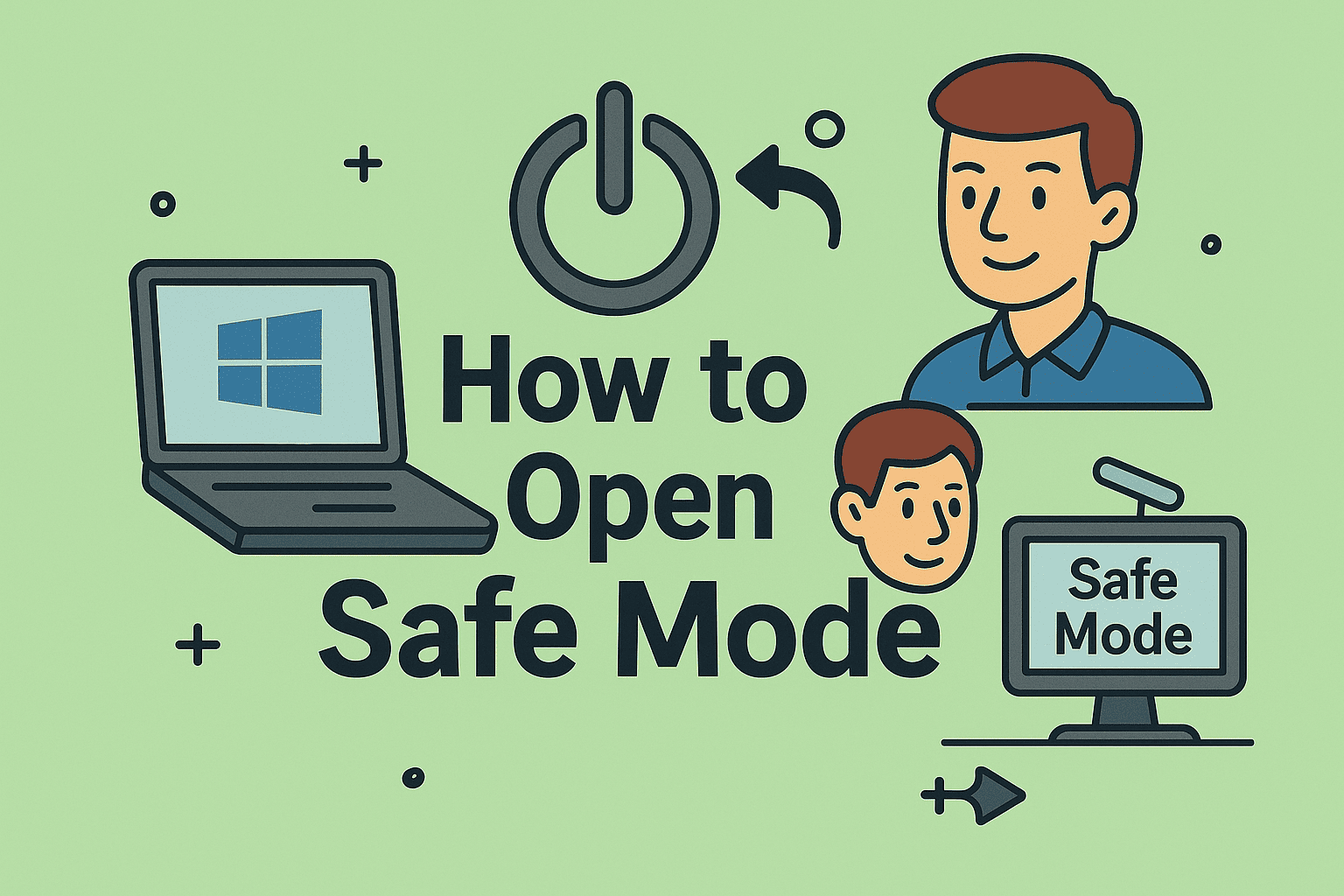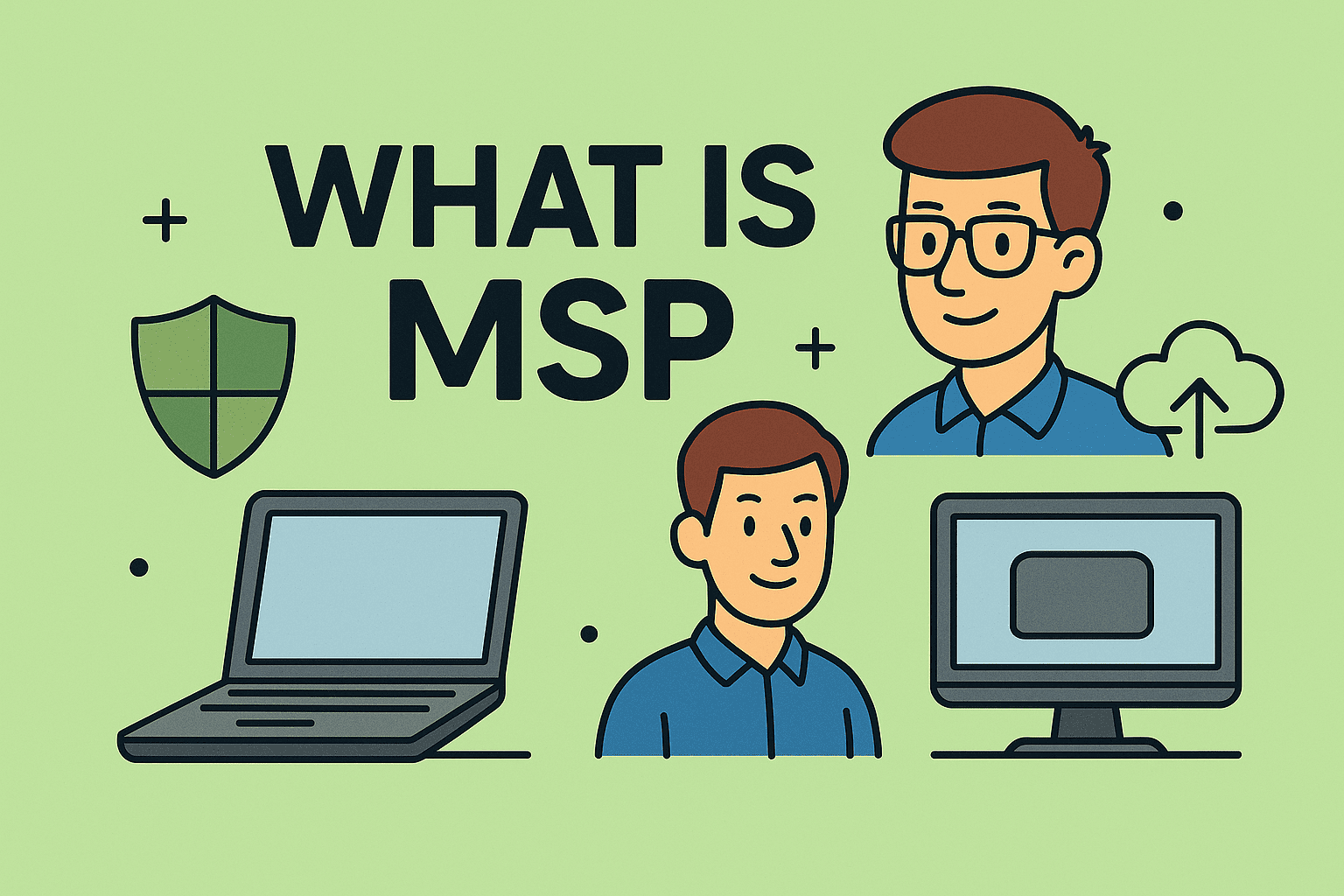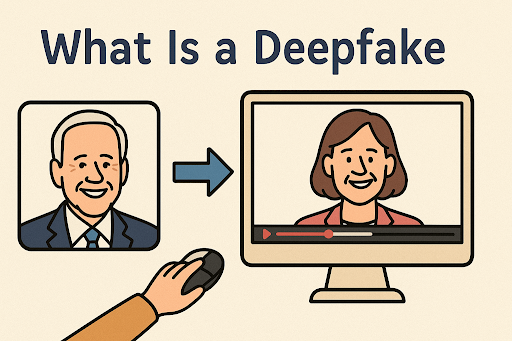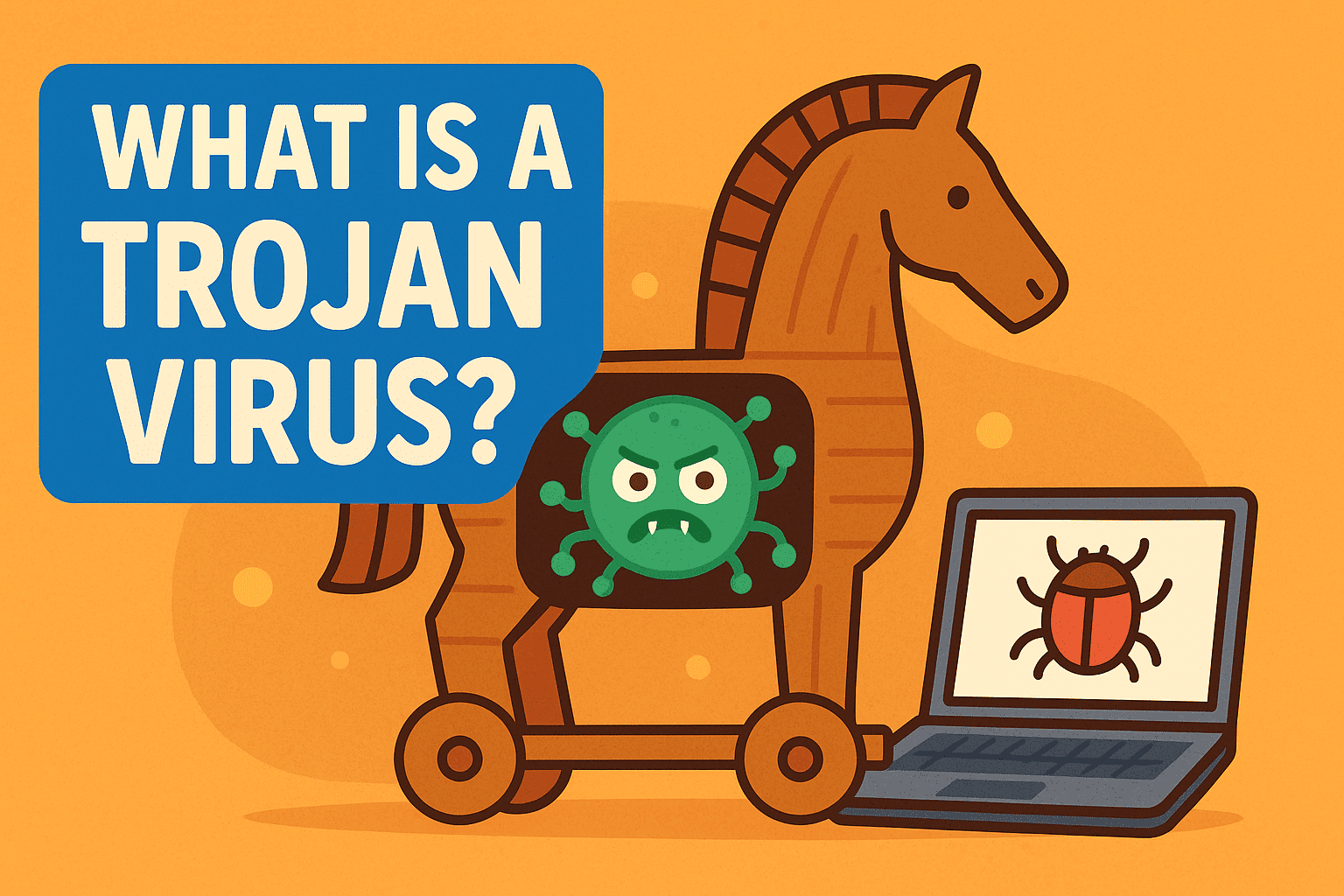Installing DEB Files in Ubuntu for IT Professionals and Security Leaders
Updated on September 1, 2025, by ITarian

If you’re working with Linux systems, you’ve likely come across .deb files. These are Debian software packages used for installing applications on Debian-based distributions such as Ubuntu. Many IT managers, cybersecurity professionals, and developers often ask: “how to install DEB file in Ubuntu efficiently?”
Understanding how to install and manage .deb files is critical for maintaining secure and stable systems. Whether you’re troubleshooting software issues, testing applications, or deploying tools across enterprise systems, mastering this process ensures better control, security, and performance.
In this article, we’ll break down different methods for installing DEB files on Ubuntu, explore best practices, and highlight the security considerations every professional should know.
What is a DEB File?
Before diving into installation, let’s clarify what a DEB file is.
- DEB Format: A .deb file is a software package format used by Debian and its derivatives, including Ubuntu, Linux Mint, and Pop!_OS.
- Contents: It typically contains the application binaries, configuration files, and installation scripts.
- Similar to EXE or MSI in Windows: For Windows users, .deb files function much like .exe or .msi installers.
Knowing this helps IT professionals treat DEB files as controlled, executable software components that require careful handling.
Why Install DEB Files on Ubuntu?
There are several scenarios where installing a .deb file is necessary:
- Third-Party Software Installation: Some vendors distribute Linux apps as .deb packages.
- Custom Enterprise Tools: Internal teams may package tools for easier deployment.
- Offline Installations: When internet access is restricted, .deb files allow local installations.
- Version Control: Installing a specific .deb package ensures consistency across systems.
Methods to Install DEB Files in Ubuntu
There are multiple ways to install DEB files, each with its pros and cons.
1. Installing DEB Files via Ubuntu Software Center (GUI Method)
This is the simplest method for non-technical users.
Steps:
- Download the .deb file from a trusted source.
- Locate the file in the Downloads folder.
- Right-click the file and select Open With Software Install.
- Click Install and provide your administrator password.
Pros: User-friendly, no command-line knowledge required.
Cons: Limited error handling, less control for IT professionals.
2. Installing DEB Files Using dpkg (Command-Line Method)
For IT managers and cybersecurity professionals, the terminal provides greater control.
Command:
sudo dpkg -i package-name.deb
Steps:
- Open the terminal.
Navigate to the directory containing the .deb file:
cd ~/Downloads
- Run the installation command.
If dependencies are missing, run:
sudo apt-get install -f
Pros: Detailed error reporting, ideal for enterprise automation.
Cons: Requires technical knowledge.
3. Installing DEB Files Using apt (Preferred Method)
APT is more advanced than dpkg because it automatically handles dependencies.
Command:
sudo apt install ./package-name.deb
Why It’s Better:
- Automatically resolves and installs dependencies.
- Safer than using dpkg alone.
- Recommended for both professionals and everyday users.
4. Using gdebi (Lightweight DEB Installer)
gdebi is a lightweight tool designed specifically for .deb file installation.
Steps:
Install gdebi:
sudo apt install gdebi
Install the .deb file:
sudo gdebi package-name.deb
Pros: Handles dependencies gracefully, lightweight and efficient.
Cons: Requires installation of an extra package.
5. Using Graphical gdebi Installer
For professionals who prefer GUI but want dependency handling, gdebi offers a graphical interface.
Steps:
- Install gdebi from Ubuntu Software Center.
- Open .deb file with gdebi.
- Click Install Package.
Security Considerations When Installing DEB Files
For cybersecurity and IT managers, blindly installing .deb files can be dangerous.
Risks of Unverified DEB Files:
- Malware Injection: Untrusted .deb files may contain malicious scripts.
- Dependency Hijacking: Hidden scripts may alter system libraries.
- Data Breaches: Compromised packages can leak sensitive information.
Best Practices:
- Always download from official vendor websites.
- Verify package integrity with checksums (e.g., sha256sum).
- Avoid installing .deb files from random forums or torrents.
- Use sandboxing or test environments for initial runs.
Common Errors and Fixes
1. Broken Dependencies
Error: “Dependency not satisfied.”
Fix: Run:
sudo apt-get install -f
2. Package Already Installed
Error: “Package is already installed.”
Fix: Remove old version first:
sudo apt remove package-name
3. Architecture Mismatch
Error: “Wrong architecture ‘i386’ vs ‘amd64’.”
Fix: Download the correct .deb file for your system architecture.
Best Practices for IT Managers and Security Professionals
- Automation: Use scripts to install .deb files across multiple systems.
- Auditing: Maintain logs of installed .deb packages.
- Central Repositories: Host approved .deb files in a secure internal repo.
- Regular Updates: Ensure .deb files are updated with security patches.
FAQs
1. How do I install a DEB file in Ubuntu without internet?
Use dpkg -i with the .deb file and then fix dependencies manually if needed.
2. What’s the difference between apt and dpkg?
dpkg installs only the .deb file, while apt resolves dependencies automatically.
3. Is it safe to install DEB files?
Yes, if downloaded from trusted sources. Always verify checksums.
4. Can I uninstall DEB files easily?
Yes, with:
sudo apt remove package-name
5. Should enterprises use .deb files or repositories?
Repositories are safer and more scalable, but .deb files are useful for custom or offline deployments.
Conclusion
Mastering how to install DEB file in Ubuntu is essential for IT managers, developers, and security professionals. From GUI-based methods to advanced command-line techniques, Ubuntu provides multiple options for managing .deb installations.
While .deb files offer flexibility and control, they also carry risks if sourced from unverified locations. By following best practices, verifying file integrity, and leveraging enterprise tools like MDM or central repositories, organizations can ensure safe and efficient software deployment.
Want enterprise-level device management and security solutions? Sign up for free with Itarian today.

